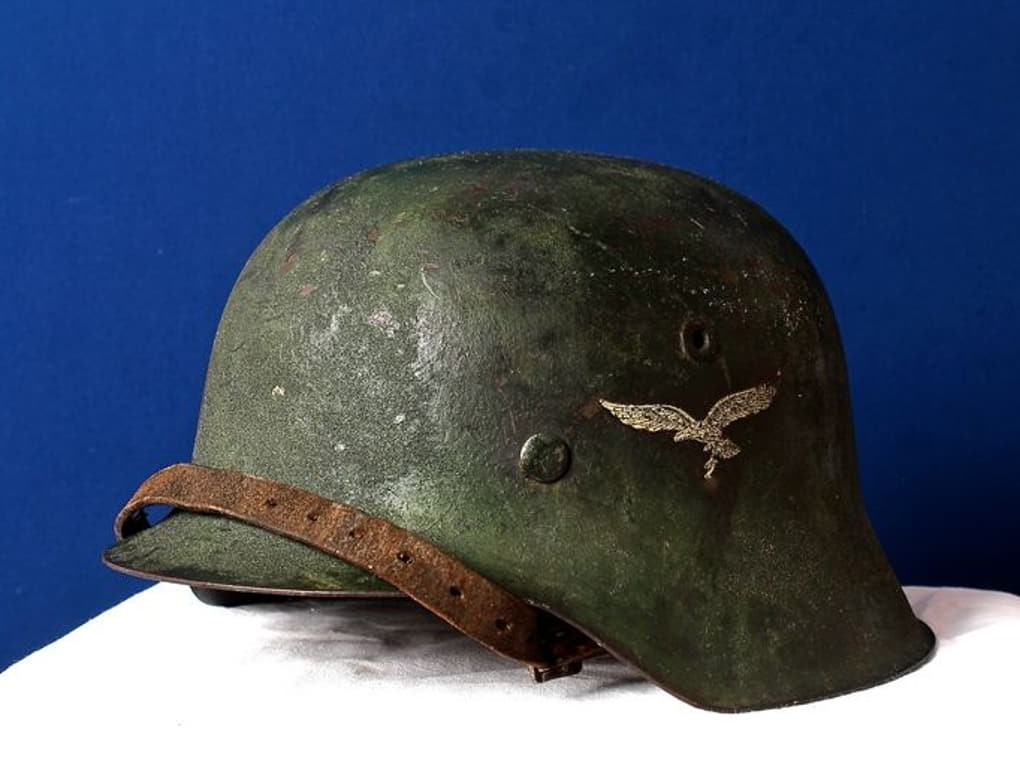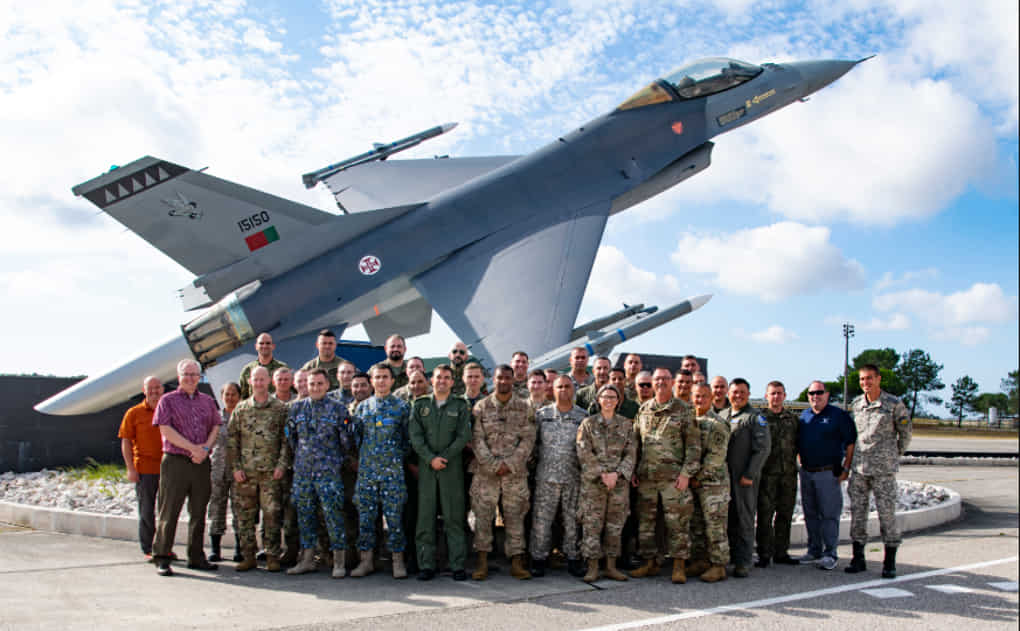Interesting facts about the Hawker Sea Fury; British Royal navy’s last Propeller Driven Aircraft
The aircraft for today is the one that served the British Royal navy as their last propeller-is driven fighter aircraft; the Hawker Sea Fury. The aircraft was designed and manufactured by a company named Hawker Aircraft. The origin of the aircraft came from back in the World War II-era when it was also completed and entered the service of RN only after 2 years of the World War II ending.
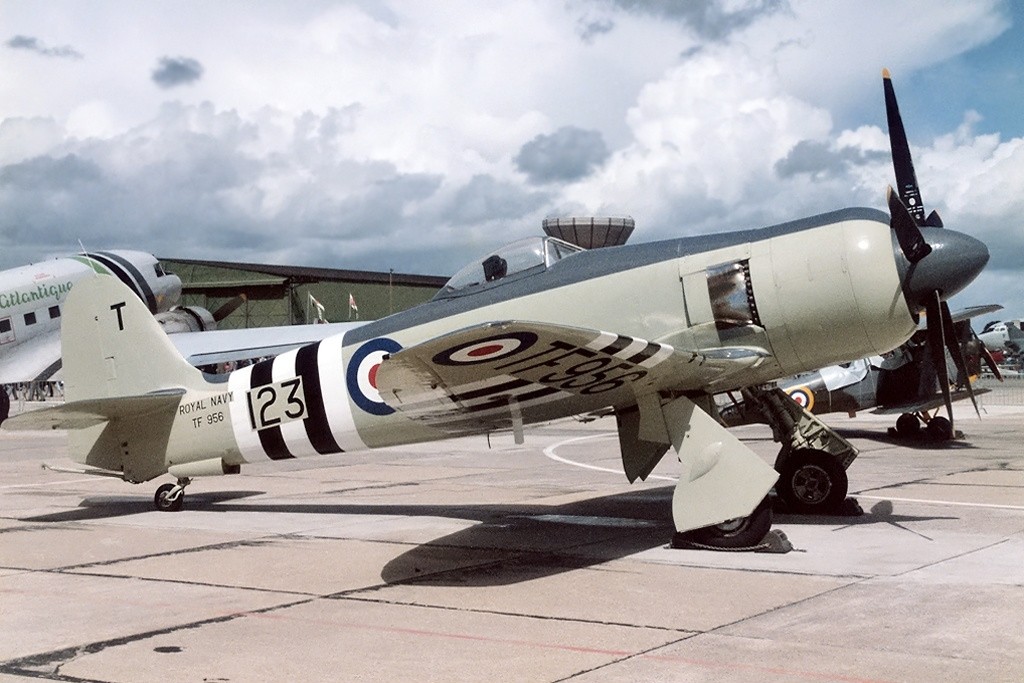
The Hawker Sea Fury went on to be popular aircraft for many of the world militaries as it was used extensively during the conflict of the Korean War and the Cuban Bay of Pigs Invasion.
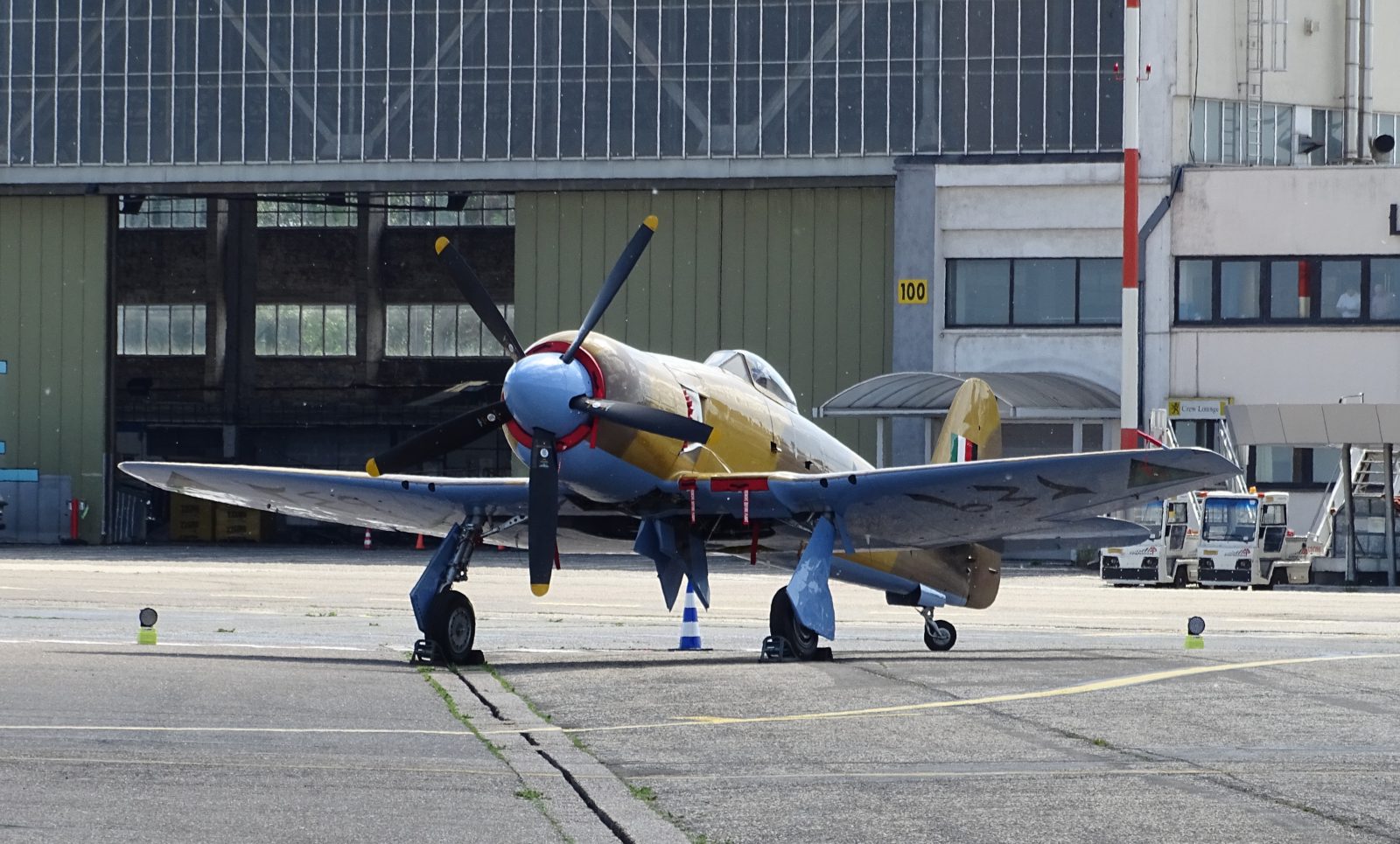
The Hawker Sea Fury was started as a project to provide the Royal Air Force with a fighter aircraft during World War II and it as only named as Fury. However, the RAF canceled their order but it caught the eyes of the Royal Navy as a suitable fighter for their aircraft carriers to serve the FAA (fleet Air Arm). The aircraft entered the service of the Royal Navy back in 1947.

The design of the Hawker Sea Fury shares many similarities with the Hawker Tempest as it originated from the design of the Light tempest fighter. The Hawker Sea Fury was ordered to be built as both a land-based and a carrier based aircraft. The countries which operated this Hawker Sea Fury include Pakistan, Iraq, Australia, Burma, Canada, Cuba, and Egypt. The Hawker Sea Fury was retired by many of its major operators by the late 1950s with many using it well until the late 1960s. Many of them still remain in flyable conditions or in heritage museums.
Origin:-
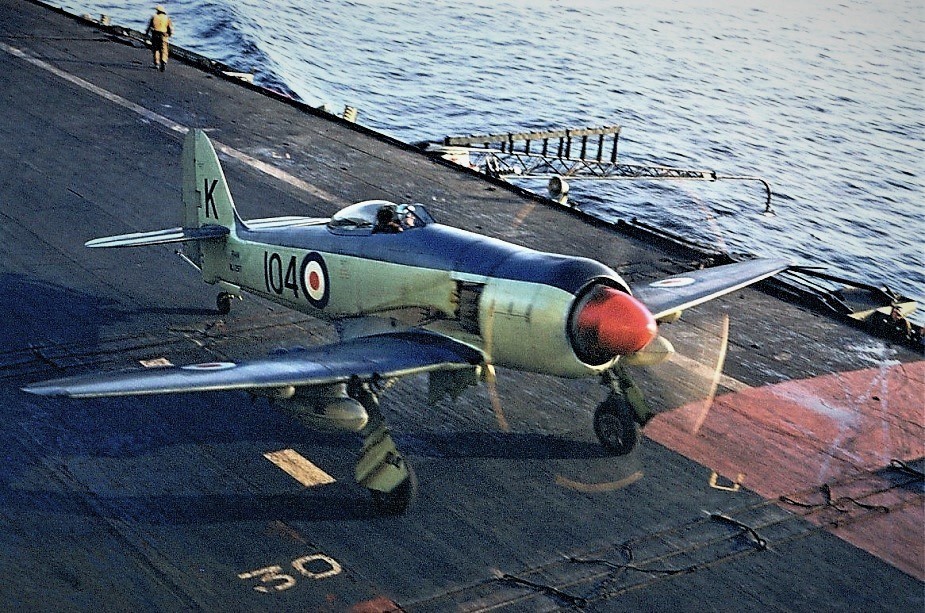
Back in 1942, the Royal Air Force asked for a fighter aircraft and the Hawker Aircraft’s engineer named Sydney Camm came up with the idea of the Fury which was a modification of the Hawker Tempest design. The new design was to make the aircraft smaller and fighter as compared to hawker tempest. The British Air Ministry passed the order for the development of the 5 prototypes of the Fry aircraft and the first flight was taken back on 1st September 1944.

At that time, the Royal navy had also released its requirement for an interceptor aircraft for its carrier-based missions. Camm took those specifications of the Royal Navy and redesigned Fury to serve as the carrier-based platform. The program was then divided into 2 parts; one with development of land-based Hawker Fry for RAF under Boulton Paul’s leadership and the other for a carrier-based Hawker Sea Fury for the Royal navy under Sydney Camm. By 1944, both the RAF and the Royal navy had placed orders for their own versions of this aircraft; RAF’s order was for 100 Hawker Furies while Navy had ordered 100 Hawker Sea Fury.
First Flight:-
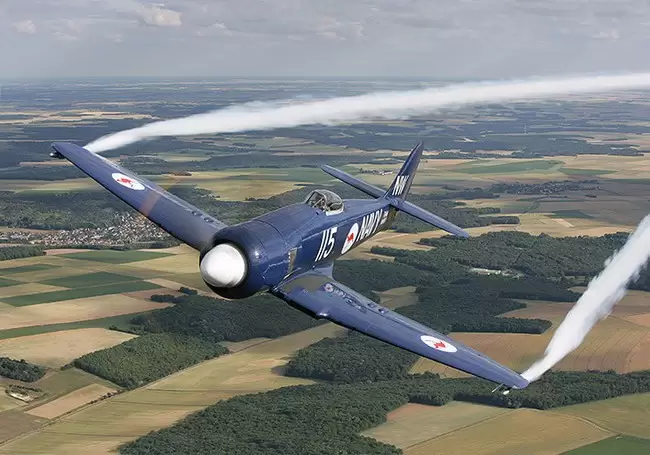
The very first flight of the Hawker Sea Fury was conducted back on 21st February 1945 under the designation SR661. This prototype was made to have an arrestor hook but without any folding wings. The 2nd prototype of the Hawker Sea Fury designated SR666 featured a five-blade propeller system along with folding wings. This 2nd prototype flew for the first time back on 31st January 1946.
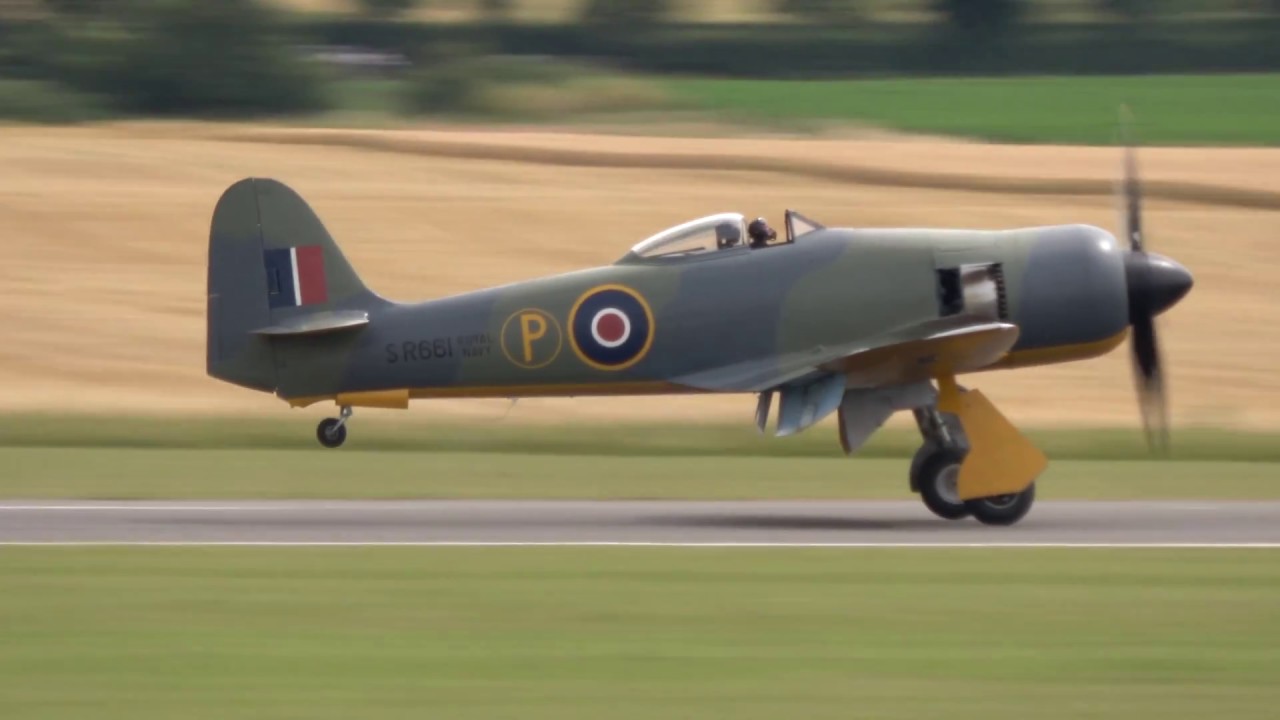
As World War II ended back in 1945, the Royal Air Force no longer saw any need to comply with their order for 100 Hawker Fury aircraft and thus canalled it. As for the Royal Navy, they went on to keep the program for their 100 Hawker Sea Fury aircraft alive.
Armaments:-
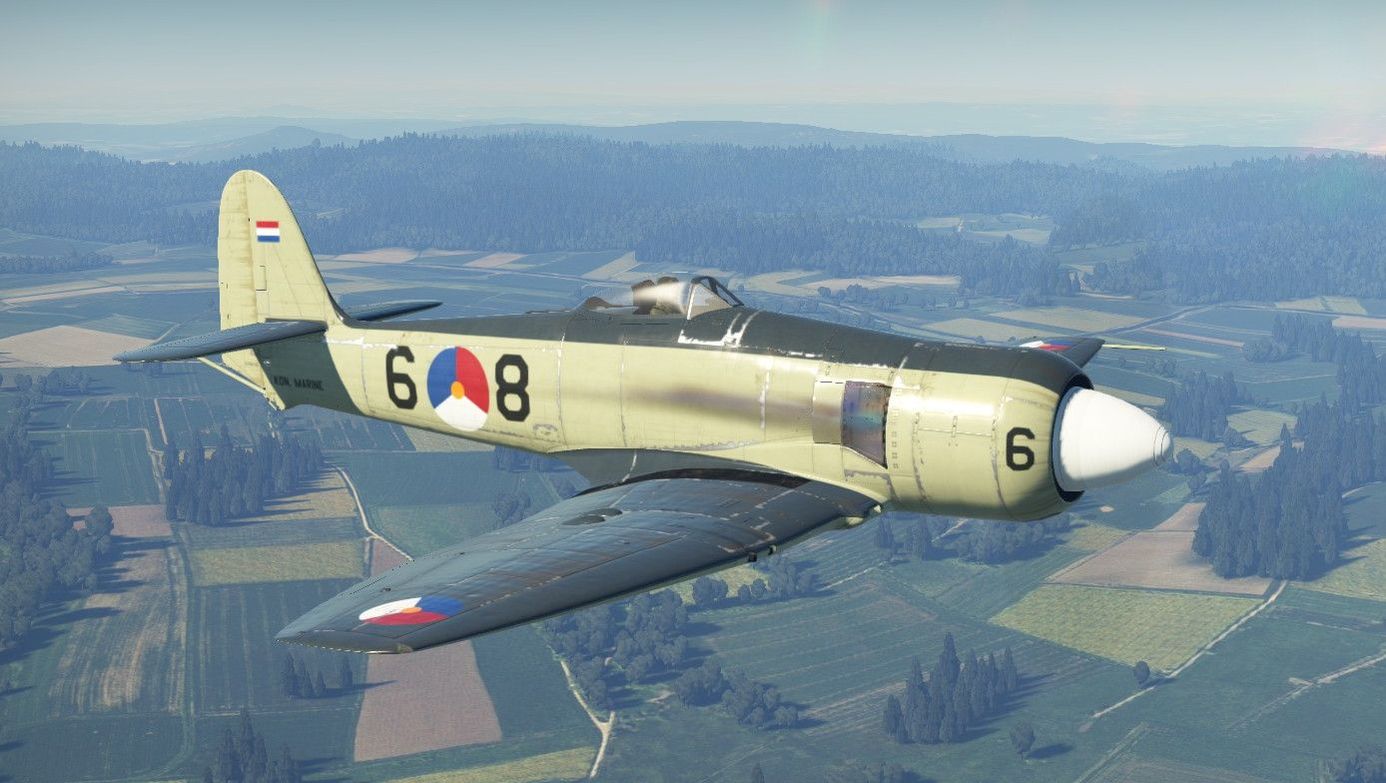
The Hawker Sea Fury was designed to be a fighter aircraft and was thus given the ability to pack a punch. It was fitted with standard armaments which include 4 of the Hispano Mk V series 20mm cannons. 2 of these cannons were fitted on the wings with munition stores for each cannon. As for the fighter bomber missions, the aircraft was able to carry a munition load of 2000 lbs externally. This load-bearing capacity was used for equipping the aircraft with 12 of the 76mm high speed and high explosive rockets under its wings. In order to increase the range of the Hawker Sea Fury, it could also carry drop fuel tanks.
Powerplant and Performance:-

For powering this fighter, the Hawker Aircraft fitted it with a single Bristol Centaurus 18-inch twin-row and air-cooled radial piston engine which generated about 2480 horsepower to drive its 4-blade propeller mounted on its nose.
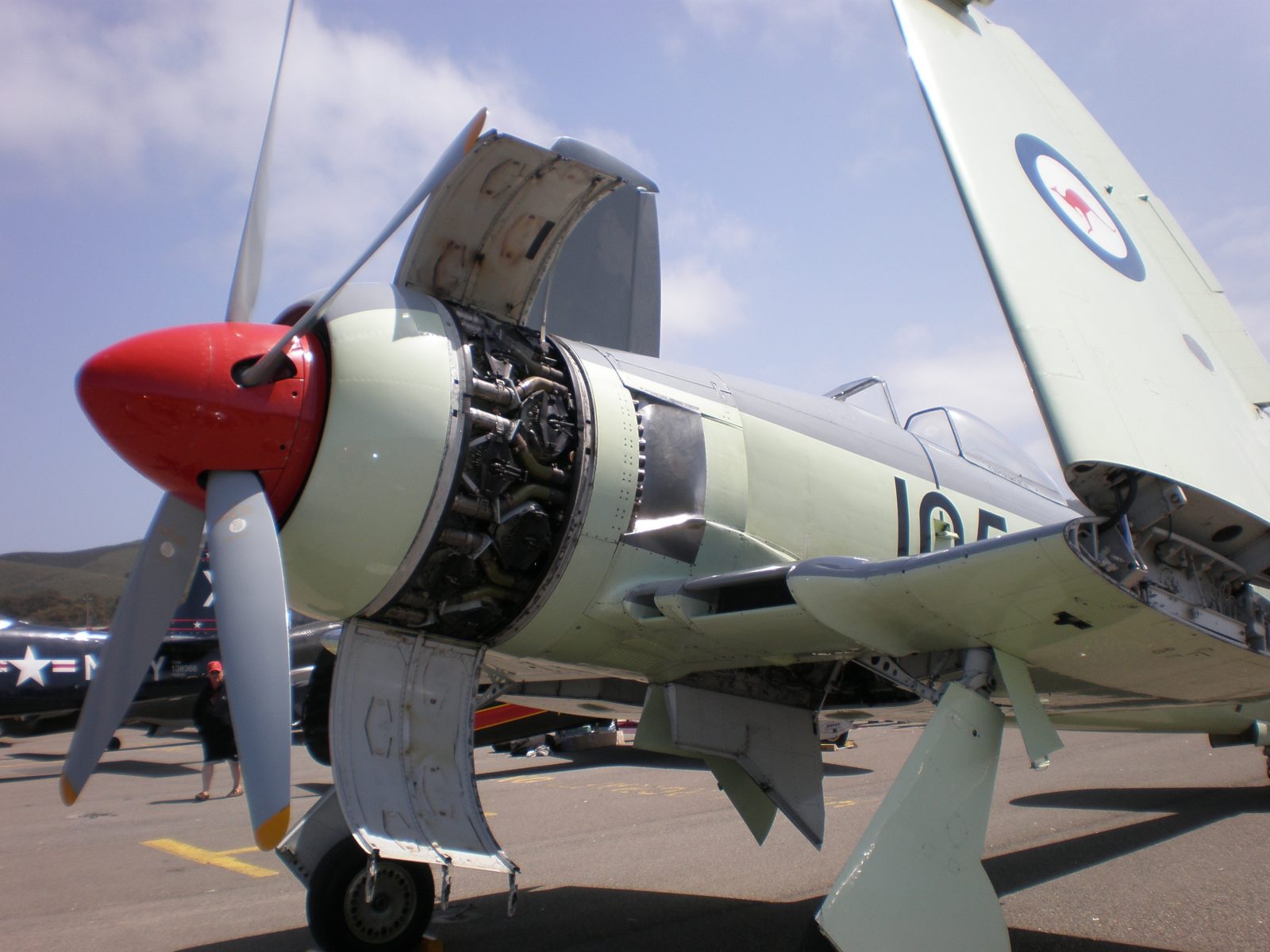
This allowed for the Hawker Sea Fury to reach the top speed of nearly 460mph while the cruising speed was about 390 mph. the aircraft could reach a maximum altitude of about 36000 feet while the ferry range of the aircraft was up to 700 miles which could be increased with fuel tanks to reach 1040 miles.
Other operators:-
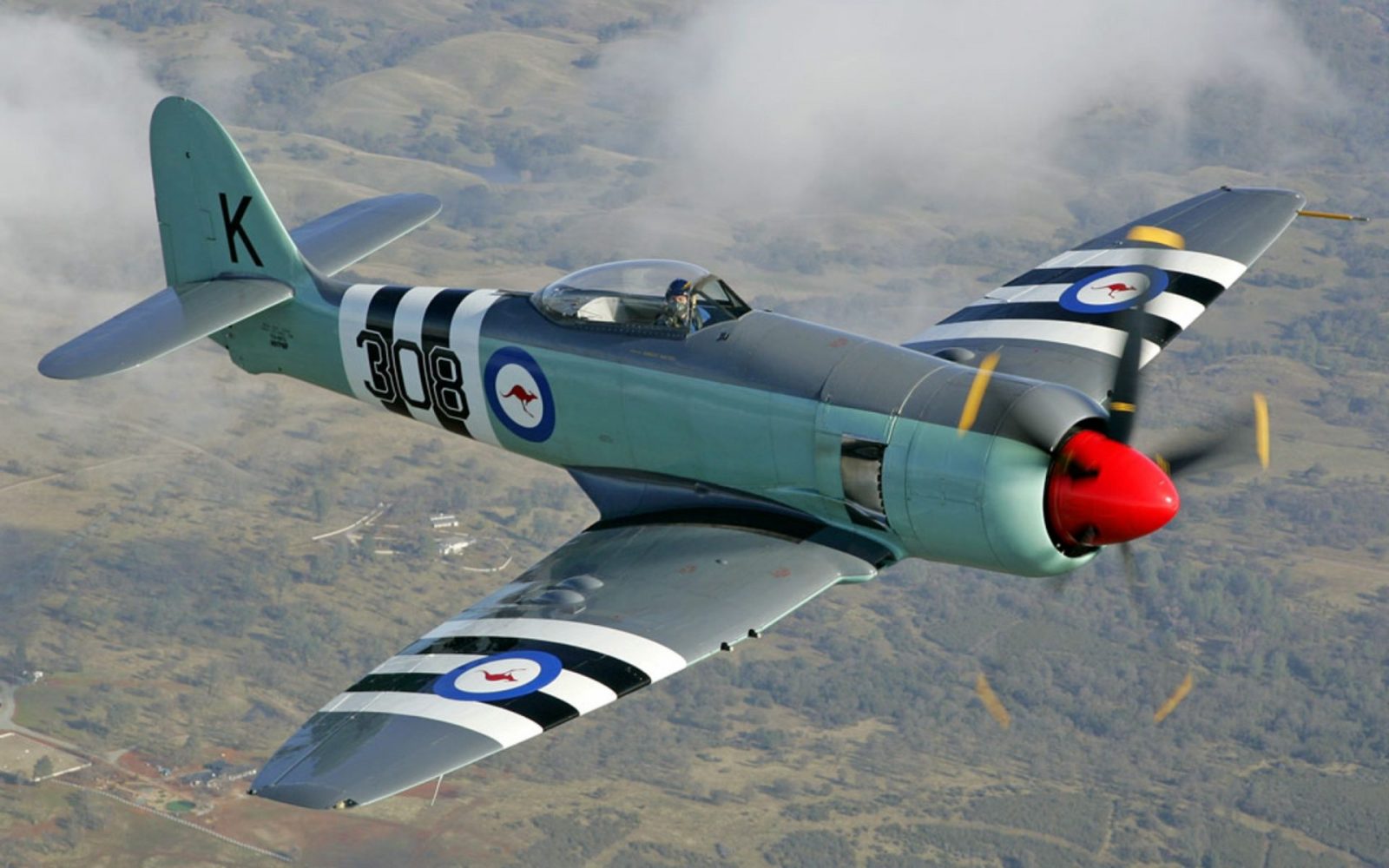
The major operator of this aircraft was none other than the British Royal Navy but many other nations also exported this fighter. The first one was the Royal Netherlands Navy which took the delivery for the single-seat fighter and single-seat fighter/bomber variants of the Hawker Sea Fury. They operated 24 of these Hawker Sea Fury aircraft and then got the license to develop 24 more locally and named them as Fokker. Next was Pakistan which utilized the single-seat fighter/bomber variants along with 2-seat trainer variants which served the Pakistan Air Force.
Other countries to purchase the aircraft include the following.
- Iraq
- Burma
- Cuba
- Egypt
- West Germany
- Australia
- Morocco
Combat Service:-

The Hawker Sea Fury saw its first lea combat action during the Korean War when it took off from the British as well as Australian aircraft carriers and fought against the ground-based targets in the region. A Hawker Sea Fury piloted by a pilot named Lt. P “Hoagy” Carmichael also managed to grab an aerial kill back on 9th August 1952 during the Korean War.
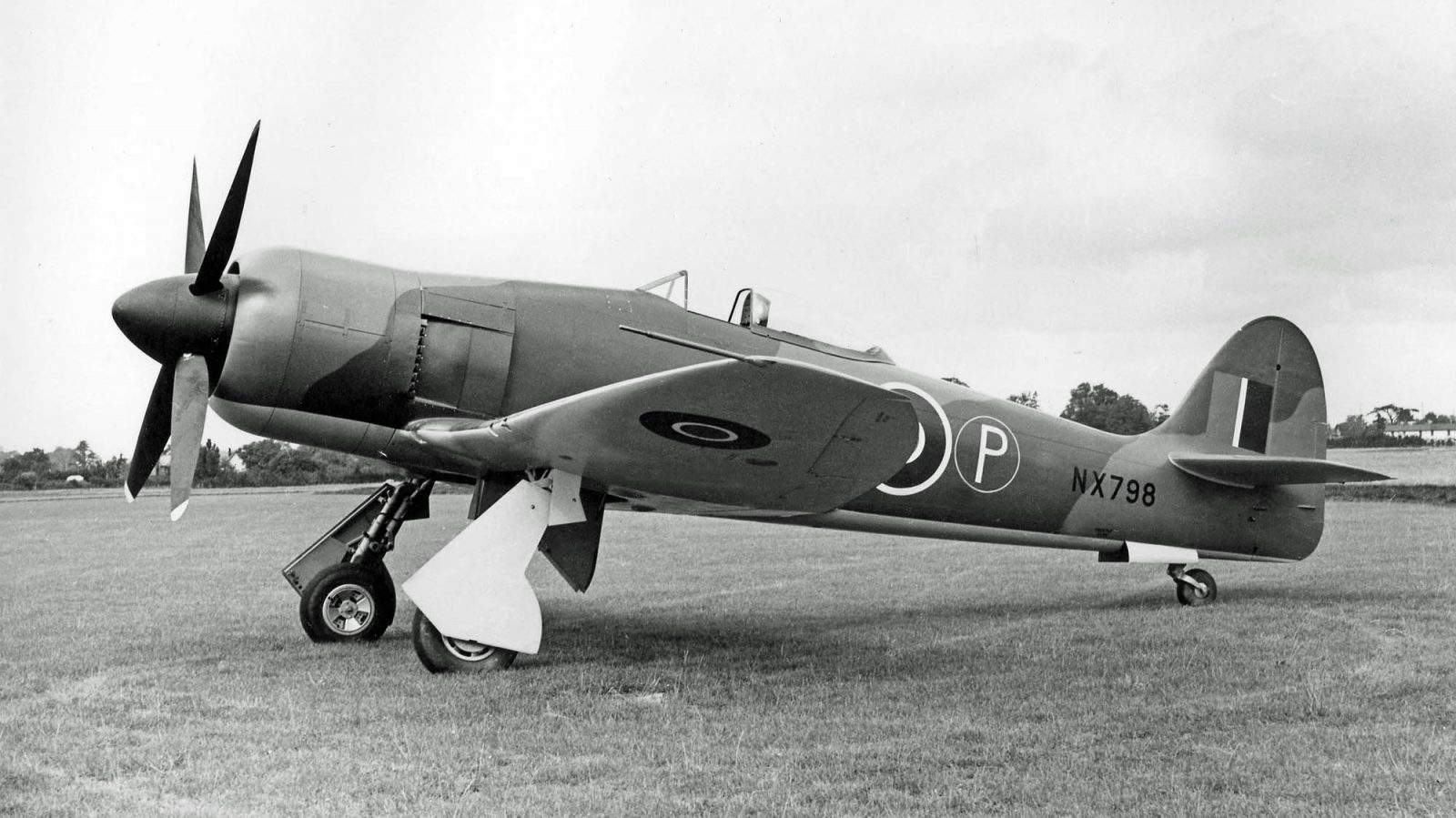
The fleet of Hawker Sea Fury procured by the Cuban Air Force was used by them to fight during the Bays of Pigs invasion.
Retirement:-
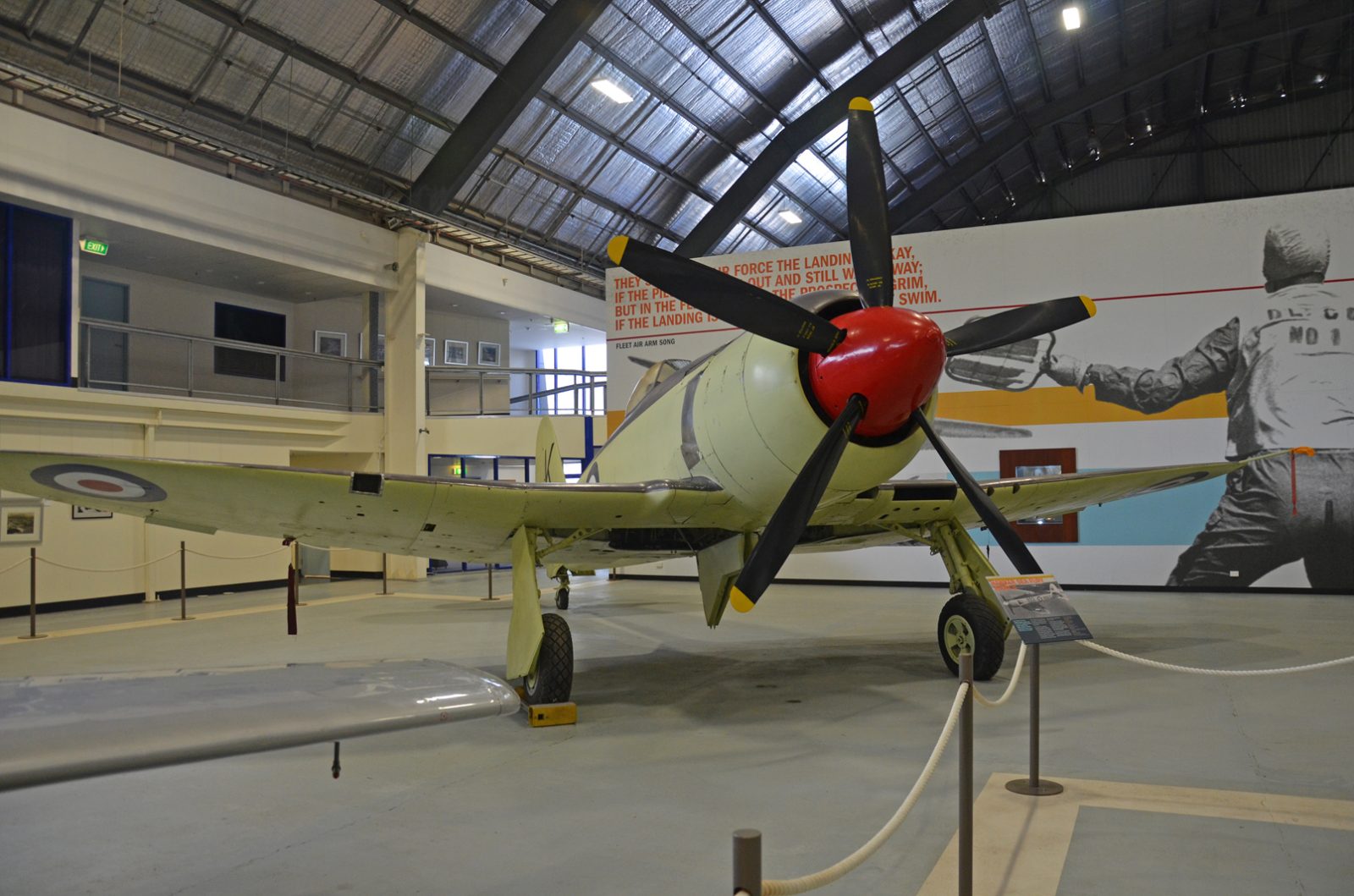
By all means, the Hawker Sea Fury proved to be a worthy replacement for Royal Navy’s fighters like Hawker Typhoon and Hawker Tempest but ultimately by the late 1950s it had fulfilled its role as new and better aviation solutions came. The aircraft was formally retired from Royal Navy back in 1956 while the last one to retire was the Burmese Air Force in 1968.
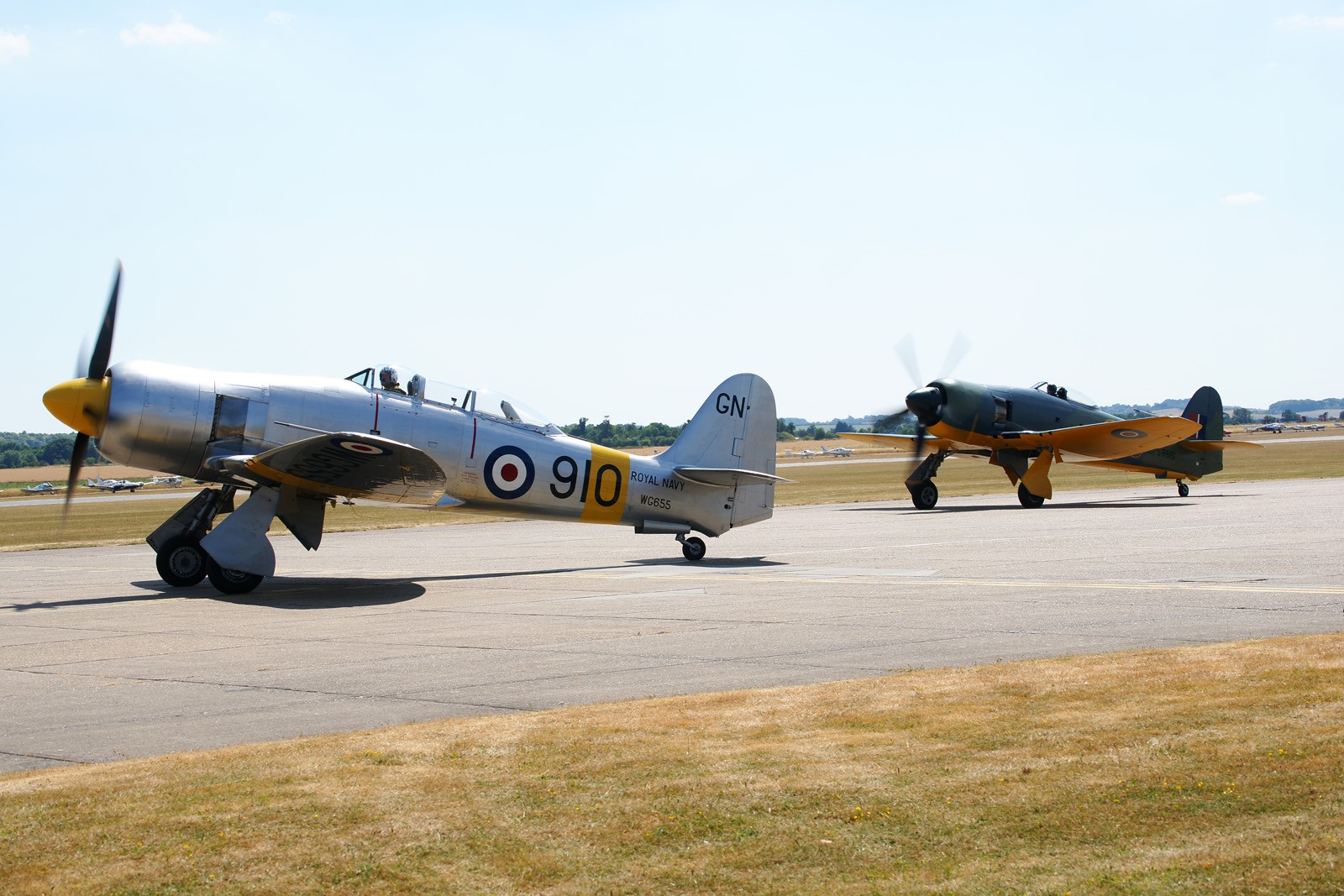
Many of the Hawker Sea Fury aircraft still remain in fly worthy conditions and are used as racing aircraft by many private operators. As for many, they are kept in museums as a part of aviation heritage.
Related Content
Interesting facts about the HAL Ajeet; IAF’s (Indian Air Force) version of Folland Gnat
Interesting facts about the Folland Gnat; The Light Attack Fighter& Trainer of RAF
Share this content:

